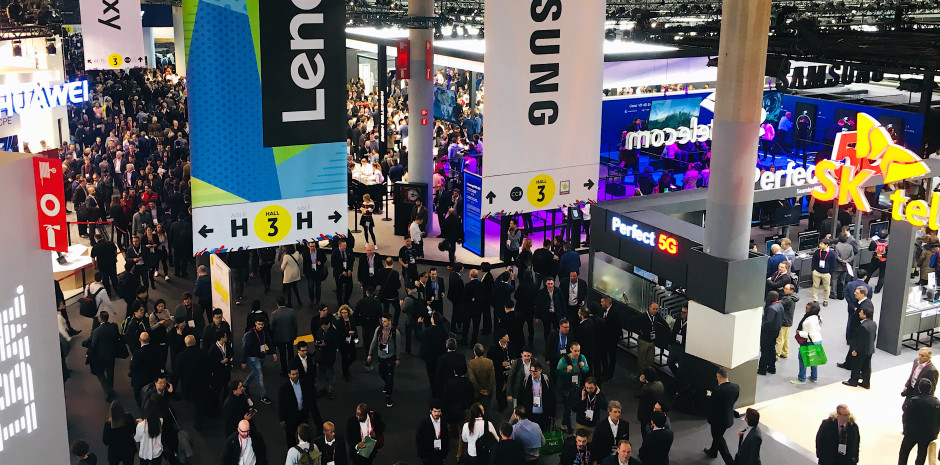We have all heard how events must transform and change the way they approach attendee engagement and marketing models. But doing that requires practical changes as well as strategic thinking. From technology costs to integrating data from various sources, it needs an eye on the nuts and bolts as much as the big picture. Even as different organizers are climbing on to the digital transformation bandwagon, it remains a befuddling task for most.

So what technology strategies will play a definitive role in accelerating the digital transformation journeys of the event space in 2020?
Today’s events are a far cry from the past when attendees walked around, agendas and business cards in hand, diaries riddled with bullet points from keynote speeches. Visitors drifted from stall to stall collecting cards and making mental and physical notes of which booth to revisit. The present day conferences and events are highly interactive, participant-led affairs that tune in to attendee needs to optimize engagement and participation. Attendees armed with smartphones and WiFi connectivity allow organizers and marketers a non-intrusive way to access invaluable information about individual desires as well as harness collective trends and patterns.
The organizers are often caught at the crossroads where attendee, marketer and business vie for attention. From an attendee perspective, a richer, more meaningful experience requires an understanding of desires, behaviors, and trends. On the other hand, marketing activities underpin a company’s reputation, its brand value, and customer engagement. There is a constant push to optimize and target messaging. There’s also the organizer requirement for a successful event, which translates into ticket sales, attendee participation, and ROI. The good news is there are three key strategies to accelerate digital transformation in this space.
There are several technologies that can help with measuring people movement and footfall analytics, including laser beams, cameras, thermal imagining cameras, WiFi, Bluetooth and GPS. Each of these technologies is a source of footfall data, and in most cases this data is pushed to the cloud, analyzed and presented in the form of charts and reports. Injecting new value-oriented technology into event organization and incorporating information on attendees in real time not only enhances the decision-making process but it also serves as a real-time course correction system. A live dashboard, real-time visibility, and historical reports provide valuable information such as: new and returning visitor counts, average dwell time, conversion ratio, current capacity and live heatmaps of visitor distribution.
Big data is fueling customer intelligence, enabling service providers to offer customer-centric services, marketing promotions, and interactions fed by growing data on consumer behavior. At the same time, real-time data analysis, backed by simulation and prediction, is helping to derive business insights and strategic business options. Analytics of these massive volumes of data enables decision-relevant insights of rapidly changing, qualitatively diverse and differently structured information. Understanding prime locations or zones allows event organizers to design their events better and ensure the highest engagement. When dwell time is monitored alongside footfall, it shows the precise locations of attendees at an event, along with the duration. This provides the insights needed to make informed decisions on merchandizing, promotions, staff deployment and event layout.
Not having a centralized platform will signal the lack of a central source of information and severely limit value for the business. By being responsible for quickly combining data and information for the executive suite, technology transforms into a single source of truth. The goal of a situational awareness platform is to support faster-moving and more volatile operations. As data grows and businesses need to compete and differentiate, new in-memory, analytics and cloud technologies coalesce in centralized systems that will help organizers to gain a deeper understanding of attendee behavior, allow marketers to increase brand awareness and reach the right audiences with targeted messaging, and ensure attendees get an on-point meaningful event experience. Everyone wins.
As we approach 2020, organizers are recognizing that the way to design events is changing in a fundamental way. Instead of relying on established models and methods that were successful in the past, they are embracing creativity, innovation, transparency and sustainability; putting mechanisms in place that transform the most basic ways events are conducted.